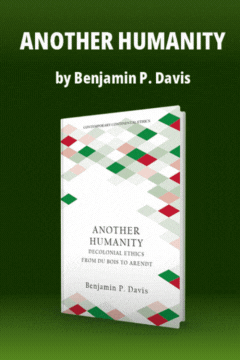The Three Faces of New York
The Three Faces of New York
In 1956, the Regional Plan Association, a non-profit research agency, asked the Harvard School of Public Administration to conduct an economic and demographic survey of the New York metropolitan region—a 7,000-square-mile, 22-county complex that, with its core, inner ring, and outer ring radiating forty miles out from the Empire State Building, and a population of sixteen million persons, forms the largest urban aggregate in the United States—and to project these economic and demographic trends as far as 1985.
The fruits of the three-year study have been recorded in nine books (one of which has yet to be published) , and they constitute the most exhaustive analysis of the region (or of any detailed area of the United State) since the original nine-volume New York Regional Plan studies, which were concluded three decades ago. A single volume, Metropolis 1985, by Raymond Vernon, the director of the survey, interprets the results of the more detailed researches.
Mr. Vernon and most of his associates are economists (with the exception of the historian Oscar Handlin, who did the volume on “The Newcomers,” and the political scientist Robert Wood, who is writing the study of local government). They see the growth of cities largely as a function of changes in market patterns, and these, in turn, as a function of resource location, transportation costs, and labor supply. Sociological nuances—such as the thought that New York triumphed over Philadel...
Subscribe now to read the full article
Online OnlyFor just $19.95 a year, get access to new issues and decades' worth of archives on our site.
|
Print + OnlineFor $35 a year, get new issues delivered to your door and access to our full online archives.
|






